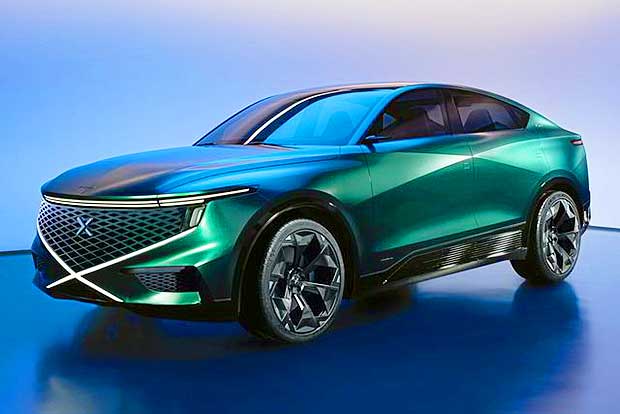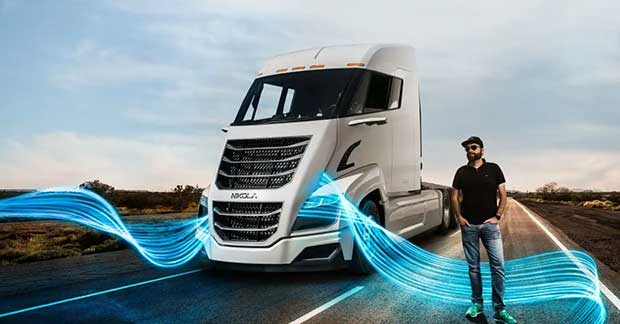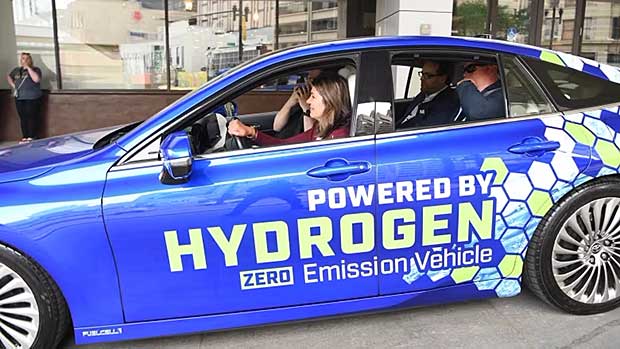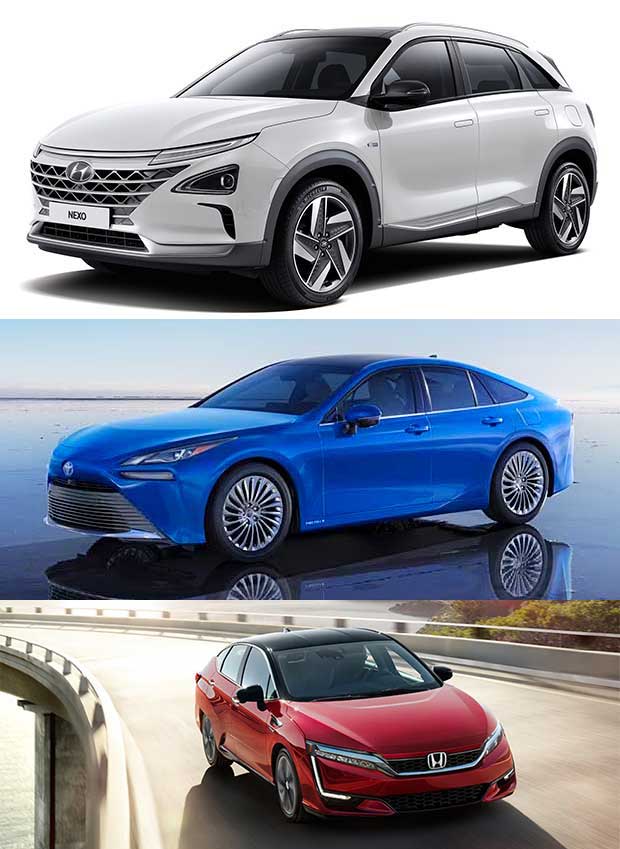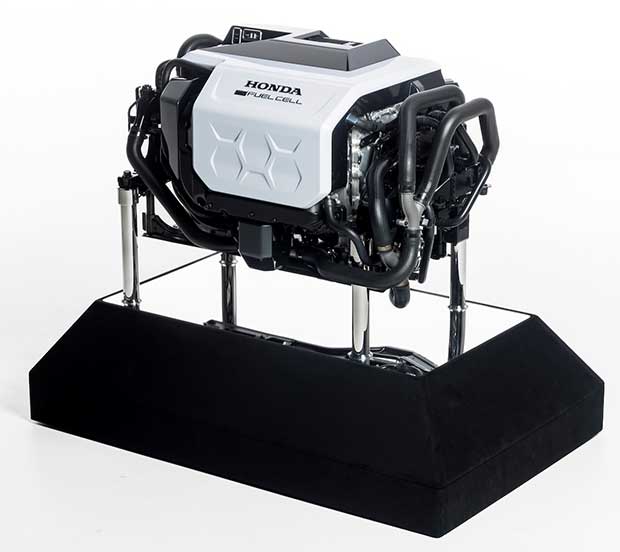A new fuel cell design that shows great potential for increased durability has the capability to revolutionize heavy-duty trucks and other clean fuel cell applications. This groundbreaking electrode, a crucial component within a polymer electrolyte-membrane fuel cell, is constructed...

A new fuel cell design that shows great potential for increased durability has the capability to revolutionize heavy-duty trucks and other clean fuel cell applications. This groundbreaking electrode, a crucial component within a polymer electrolyte-membrane fuel cell, is constructed using corrosion-resistant nanowires. This advancement might mark the beginning of a fresh era for hydrogen-powered fuel cells, offering emission-free energy for vehicles.
Jacob Spendelow, a scientist with the Los Alamos National Laboratory team that published their findings in the journal Advanced Materials, expressed that, “In real-world terms, this means that we can have a more durable fuel cell that will provide high fuel economy over a longer lifetime. This work demonstrates that we can get rid of conventional carbon-based catalyst supports, eliminating the degradation problems associated with carbon corrosion, while still achieving high fuel cell performance.”
The enhanced durability makes this fuel cell an ideal choice for integration into demanding sectors like heavy-duty trucking, where fuel cell life spans exceeding 25,000 hours are necessary.
The electrode known as coaxial nanowire electrode (CANE) is composed of a collection of vertically arranged nanowires. Each individual nanowire consists of a catalytically active platinum film encasing a polymer core that conducts ions. Through the avoidance of carbon-based catalyst supports, the CANE design eliminates the usual degradation mechanisms, which are often linked to carbon-related corrosion.
The team conducted accelerated stress tests on the new fuel cells to evaluate their endurance. It observed that throughout the 5,000 cycles of stress tests, which focused on the supporting materials, the CANE exhibited a mere 2% decline in performance. In contrast, a conventional carbon-based electrode demonstrated an 87% drop in performance under the same conditions.
It’s worth noting that the coaxial nanowire concept is just one example of the several new fuel cell designs developed at Los Alamos National Laboratory. Another design, known as a grooved electrode, was recently published in Nature Energy.
Citation
https://techxplore.com/news/2023-08-fuel-cell-architecture-nanowires-durability.html
The post Nanowires Deliver Durability to Fuel Cells first appeared on Hydrogen Cars Now.



